- Home
- Articles
- Architectural Portfolio
- Architectral Presentation
- Inspirational Stories
- Architecture News
- Visualization
- BIM Industry
- Facade Design
- Parametric Design
- Career
- Landscape Architecture
- Construction
- Artificial Intelligence
- Sketching
- Design Softwares
- Diagrams
- Writing
- Architectural Tips
- Sustainability
- Courses
- Concept
- Technology
- History & Heritage
- Future of Architecture
- Guides & How-To
- Art & Culture
- Projects
- Interior Design
- Competitions
- Jobs
- Store
- Tools
- More
- Home
- Articles
- Architectural Portfolio
- Architectral Presentation
- Inspirational Stories
- Architecture News
- Visualization
- BIM Industry
- Facade Design
- Parametric Design
- Career
- Landscape Architecture
- Construction
- Artificial Intelligence
- Sketching
- Design Softwares
- Diagrams
- Writing
- Architectural Tips
- Sustainability
- Courses
- Concept
- Technology
- History & Heritage
- Future of Architecture
- Guides & How-To
- Art & Culture
- Projects
- Interior Design
- Competitions
- Jobs
- Store
- Tools
- More
Architectural Integrity: Choosing the Right Shingles for Durability and Design

Selecting the right roofing shingles is not merely a question of aesthetics. The choice an individual makes has lasting implications for both the durability and design of their home. Roofs serve as more than just a protective barrier against the elements; they significantly impact energy efficiency, resale value, and the overall character of the building. Consequently, understanding the various types of shingles available and their respective advantages is paramount for homeowners aiming to make an informed decision.
Table of Contents
ToggleUnderstanding Different Types of Roofing Shingles
Roofing shingles come in a variety of materials, with asphalt, wood, metal, and slate being the most prominent options. Each material offers distinctive benefits and drawbacks, influencing factors such as lifespan, costs, and maintenance needs. Asphalt shingles, commonly found in residential buildings, are attracting attention for their affordability and ease of installation. Wood shingles, although less popular due to their susceptibility to fire and insects, provide a unique aesthetic appeal that many homeowners appreciate. Metal roofing has gained traction for its unmatched durability and energy efficiency. Slate, while often viewed as a premium material, boasts an exceptionally long lifespan, making it a worthwhile investment for some.

Factors to Consider When Choosing Shingles
When selecting shingles, several factors come into play that can influence both performance and aesthetics. One of the primary considerations is climate. For instance, areas that experience severe weather conditions, such as heavy snowfall or high winds, may require sturdier materials. The local building codes may also dictate certain specifications based on regional climate needs, which can guide homeowners in their decision-making processes. Another significant aspect is the architectural style of the home. Traditional homes may benefit from classic wood or slate options, while modern structures might look more complementary with sleek metal shingles. Ultimately, the chosen material should align with the visual appeal of the property while maintaining functional integrity.
The Role of Durability in Shingle Selection
Durability is among the most critical factors determining a shingle’s long-term performance. Homeowners should look for options that not only withstand the elements but also offer warranties that demonstrate manufacturer confidence in their products. Asphalt shingles typically have a lifespan of fifteen to thirty years, while metal roofing and slate can last several decades if installed correctly. Moreover, roofing products often come with an array of features designed to enhance their durability. Some asphalt shingles feature reinforced granules that resist fading and offer added protection against UV rays. The ability of a shingle to resist mold and algae growth is another essential quality, especially in humid regions. As explained by professional home experts, Atlas roofing shingles are known for their robust designs and extended warranties, enhancing their appeal among discerning homeowners. These factors collectively ensure that homeowners make a well-informed investment, securing both the aesthetic and functional longevity of their roofs.
Aesthetic Choices and Customization
The visual component of roofing is a significant part of any home’s design. While some homeowners prefer the classic look of cedar shakes or slate tiles, others may opt for the sleek appearance of metal roofing. Nowadays, many manufacturers offer a plethora of colors and styles, inviting customization to match personal tastes. Shingle colors can dramatically alter a home’s curb appeal, often enhancing its market value. Neutral shades such as grays and browns tend to blend seamlessly into most architectural styles, while bolder colors can serve as a striking contrast. Homebuyers are increasingly drawn to properties that feature attractive roofing solutions that resonate with their aesthetic preferences.
Energy Efficiency Considerations
With energy costs continuing to rise, selecting roofing materials that contribute to a home’s energy efficiency has become ever more important. Reflective asphalt and metal shingles, for instance, can significantly reduce heat absorption, thus lowering cooling costs in warmer climates. Many homeowners are looking for eco-friendly alternatives that not only minimize their carbon footprint but also yield savings on energy bills. The installation of energy-efficient shingles may also qualify homeowners for certain tax incentives or rebates, providing both an economic and environmental boost. Effective ventilation systems in conjunction with quality roof materials further enhance a home’s energy efficiency, promoting a comfortable indoor climate year-round.
Maintenance and Repair Costs
The long-term maintenance of roofing materials should be a significant consideration for any homeowner. Options like metal roofing can affordably upturn aesthetic value with minimal upkeep, whereas wood shingles often necessitate more frequent inspections and maintenance. This translates to a greater long-term cost if not managed adequately. Conducting regular inspections can help identify potential issues early, subsequently reducing repair expenses. Some manufacturers provide guidelines on how to maintain specific shingles, so consulting these before installation can help homeowners prepare for future care requirements.
Understanding Warranty Options
Understanding warranty coverage is vital when investing in new roofing materials. Warranties differ significantly across manufacturers, with some providing limited coverage while others extend to lifetime options that can be transferrable to future owners. Such terms can directly impact resale value, making it an increasingly vital aspect of the decision-making process. Homeowners should meticulously review warranty policies to understand what is covered and for how long. Some warranties cover only individual components, while others may encompass labor and materials, so being informed helps in making a well-rounded choice.
Evaluating Costs Against Benefits
Cost is a necessary consideration in choosing roofing materials, and comparing initial expenses with long-term benefits is essential. While materials like slate and metal may have higher initial costs, their extensive lifespans often offset the initial investment. On the other hand, more affordable options like asphalt shingles may require replacement sooner, leading to additional expenditures. Ultimately, analyzing costs against durability, maintenance needs, and potential energy savings will help homeowners make more informed choices. Calculating the Total Cost of Ownership (TCO) can provide clarity in this regard, enabling homeowners to assess investment effectiveness.
Determining the best shingles for a home requires careful deliberation on multiple fronts. From considering the climate and architectural style to evaluating costs, warranties, and energy efficiency, the decision process can be intricate. Engaging with a roofing professional not only provides valuable insights but can also help in procurement and installation, ensuring that all necessary regulations comply. Homeowners should arm themselves with knowledge and seek professional advice when necessary. Ultimately, a well-planned selection process will lead to a robust, visually appealing roofing solution that will stand the test of time.
illustrarch is your daily dose of architecture. Leading community designed for all lovers of illustration and #drawing.
Submit your architectural projects
Follow these steps for submission your project. Submission FormLatest Posts
Best Practices for Roof Inspections and Maintenance
On most projects, the roof spends decades out of sight while carrying...
Sunny Days, Secure Roof: Simple Steps to Shield Your Home
Your home is more than just a place to live—it’s a sanctuary....
Simple and Stylish Roof Ideas for Homeowners
When designing your home, don’t overlook the roof. It’s essential for both...
Key Qualities to Look For in a Residential Roofing Contractor
Choosing a residential roofing contractor involves careful consideration. The roof is a...




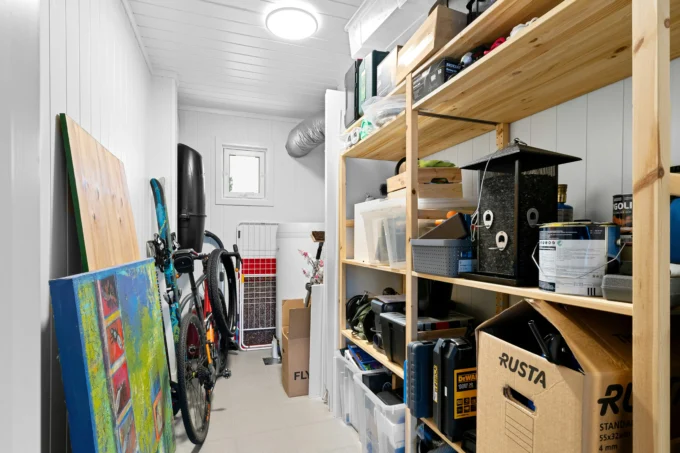
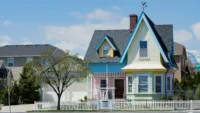


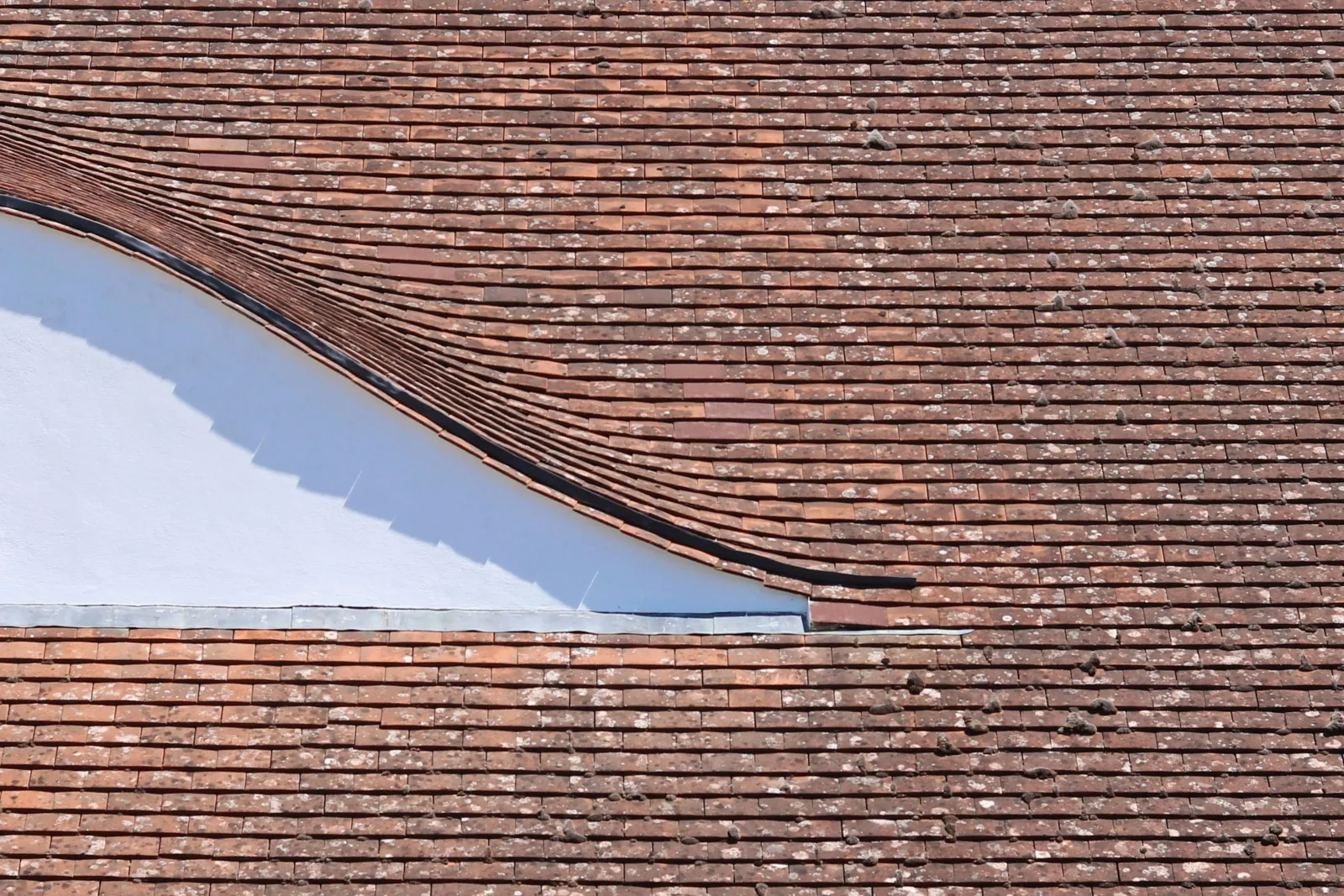
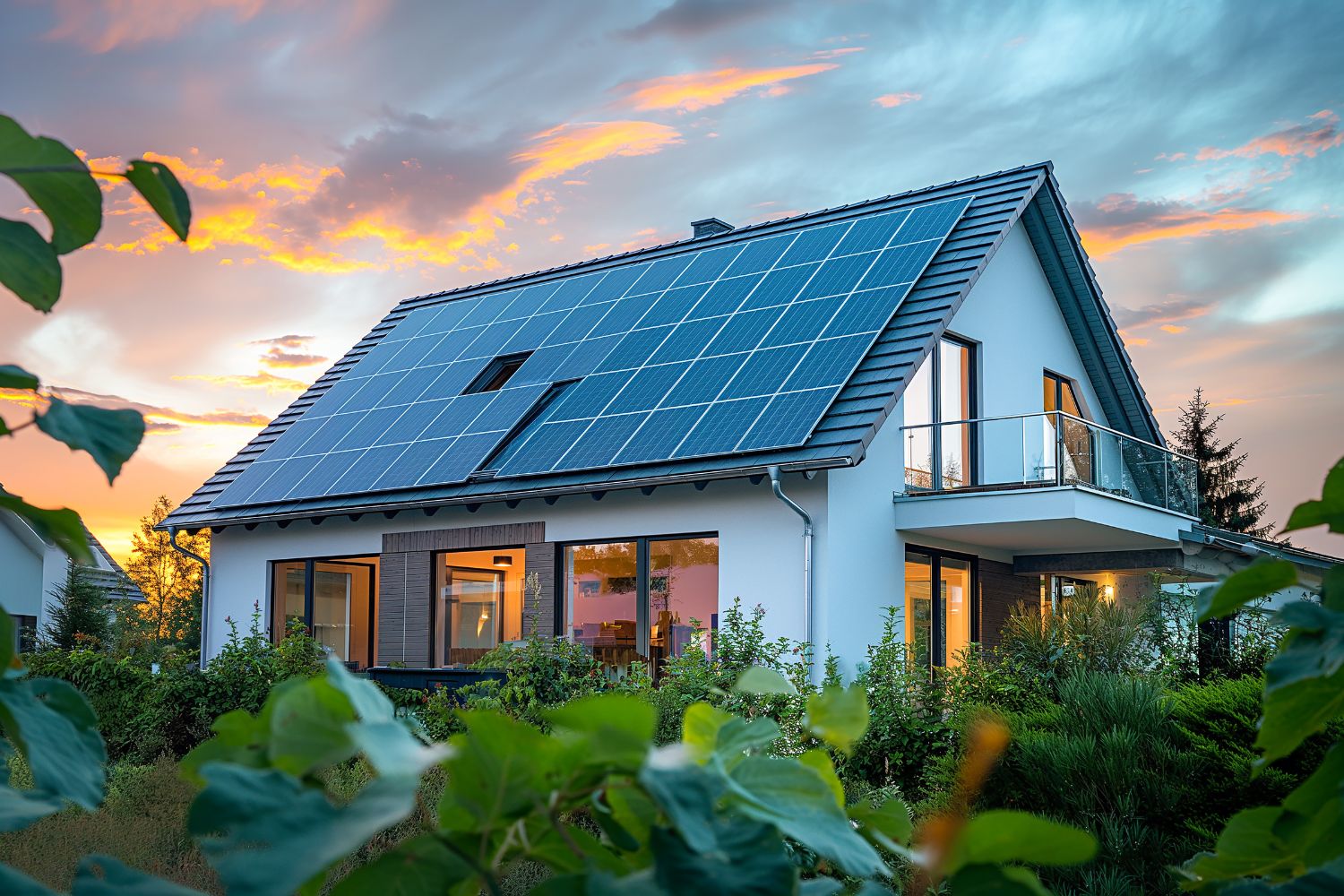
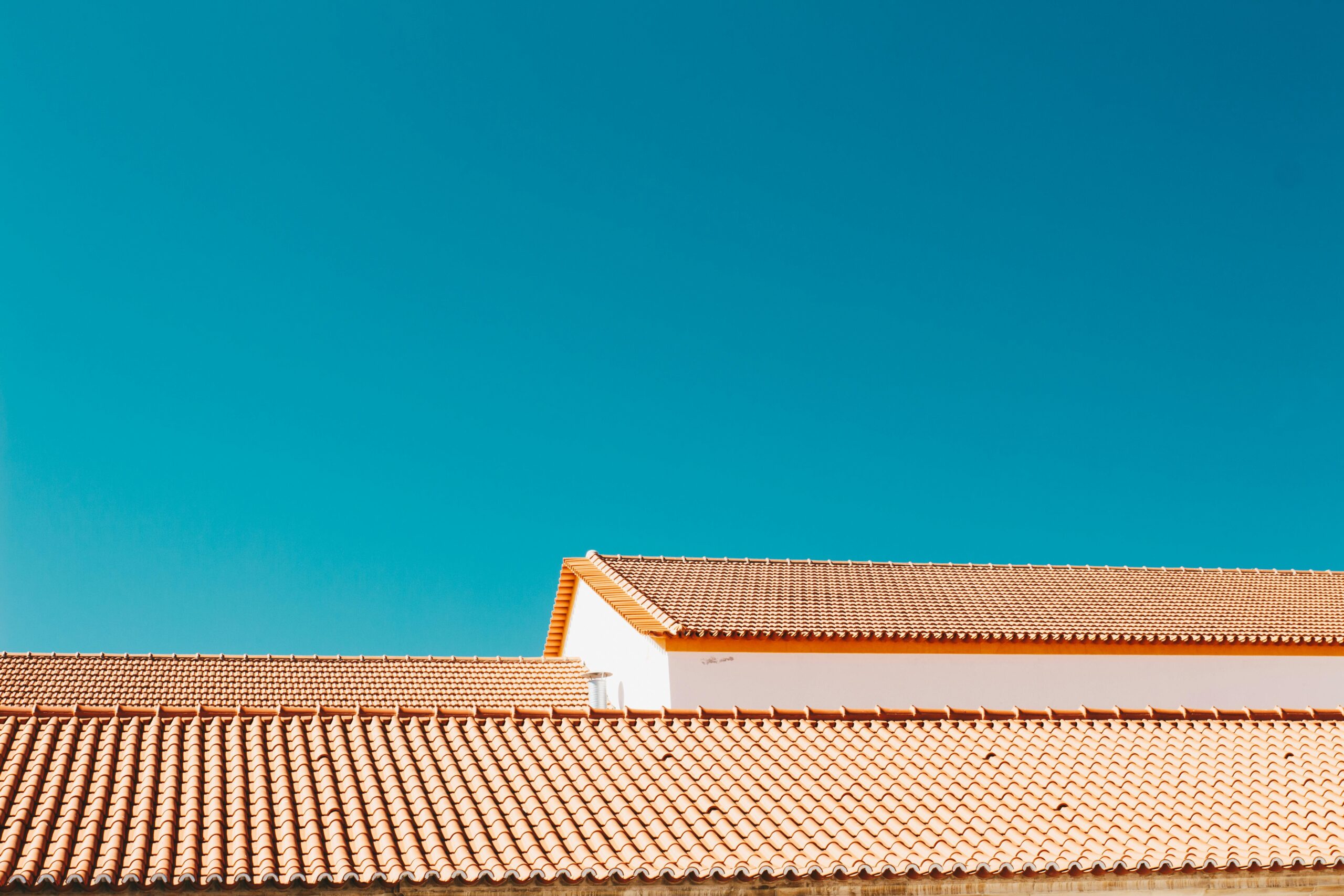

Leave a comment